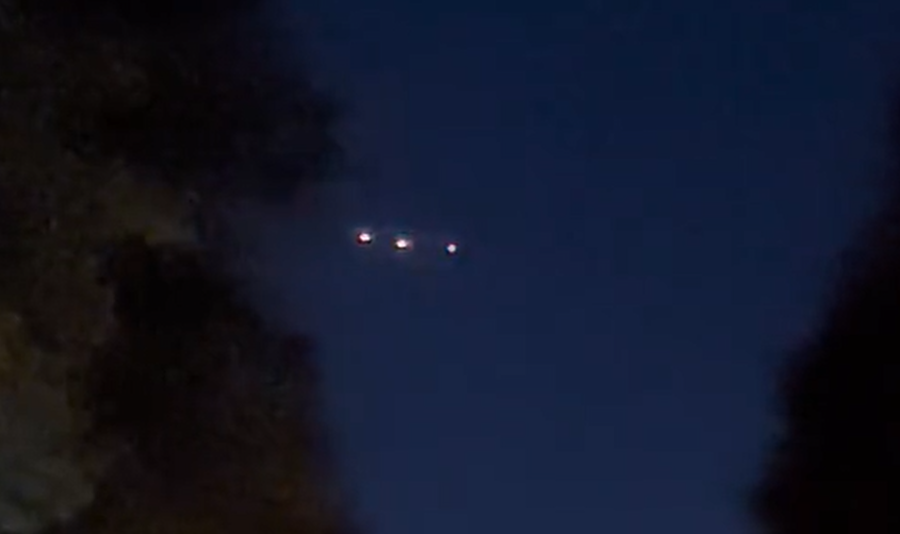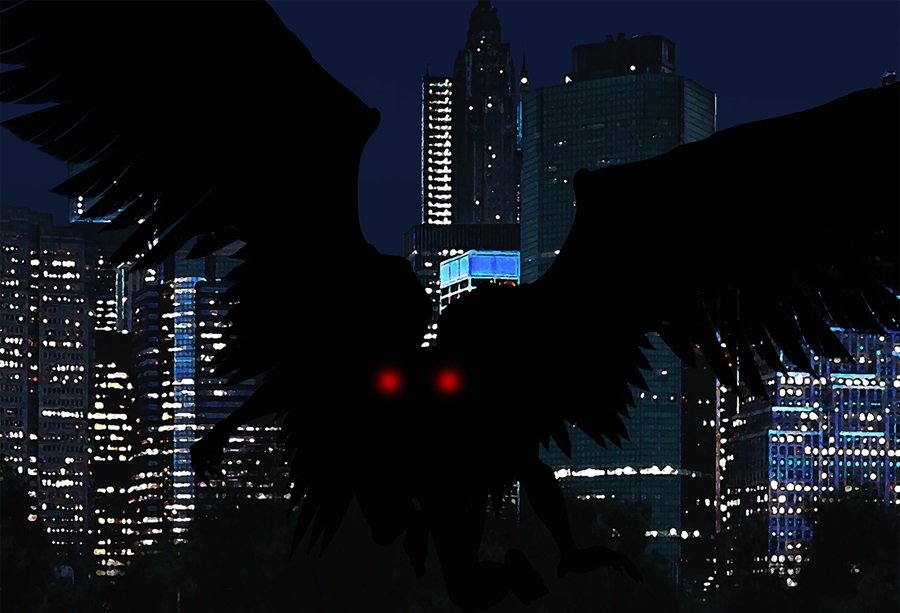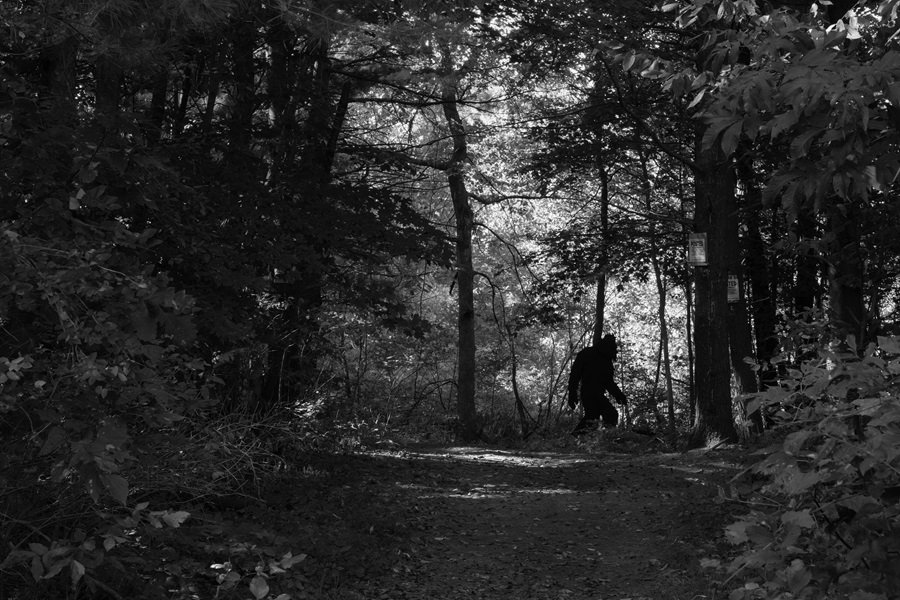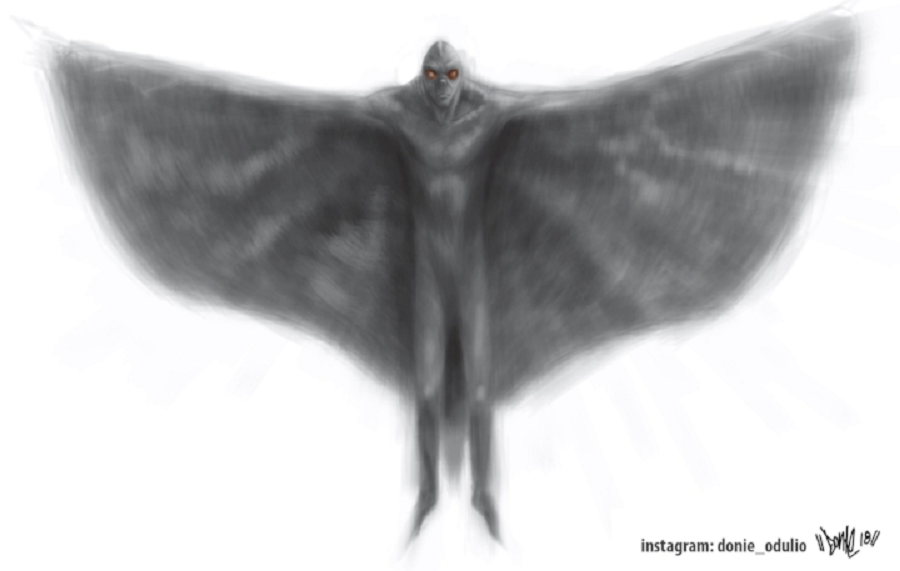NFSA Releases Newly Discovered Footage of Last Known Thylacine in Captivity
Benjamin, the last known thylacine held in captivity. (National Film and Sound Archive of Australia)
The National Film and Sound Archive of Australia (NSFA) released footage this month of the last known thylacine, or Tasmanian tiger, to be kept in captivity.
The footage was found "within a forgotten travelogue, Tasmania the Wonderland (1935)," and represents "the preservation of the last known surviving moving images of Australia’s most famous extinct predator,” explained the NSFA.
The video shows Benjamin, the last known thylacine, as he paces within his enclosure at the Beaumaris Zoo, which closed in 1937. Zookeeper Arthur Reid and an associate attempt to elicit a reaction from the predatory marsupial by rattling his cage, while the anonymous narrator speaks of the thylacine's rarity.
At the time this film was shot, it was the only professionally produced sound film of a surviving thylacine held in captivity that was available to audiences.
According to the NSFA,
Tasmania the Wonderland was probably filmed by the prolific Brisbane-based filmmaker and exhibitor Sidney Cook (1873–1937). The surviving nine-minute travelogue is incomplete and retains no end credits.
A confirmed 1935 year of filming positions this film more than 12 months after the previous last-confirmed date of thylacine footage, photographed in December 1933. Within the travelogue, the presence of the annual Regatta Day on the Derwent River (6 February) and goods steamer Tacoma Star, which docked in Hobart on 22 March 1935, provides an approximate period for when Cook’s camera paid Benjamin a visit.
Only 18 months after this film was taken, the last known confirmed surviving thylacine in captivity passed away on 7 September 1936.
While Benjamin died in captivity in 1936, thylacines held their status as an endangered species until the 1980s, and many scientists believe there is a strong possibility that some survived in the wild into the 1960s—although no hard evidence exists to support that hypothesis.
Their status today is still hotly debated, but some mainstream scientists take the issue seriously enough to investigate it, including two Australian academics whom the Singular Fortean Society reported on back in March of 2017.
Meanwhile, several instances of video and photographic evidence featuring supposed thylacines came out of Australia in 2017, with trail camera footage and pictures submitted by the Thylacine Awareness Group of Australia in the same month a schoolteacher claimed that he had taken a video of a thylacine while filming the sunrise, and later that year a trio of investigators claimed to have captured footage of a Tasmanian Tiger. Then, in June of 2018, a Sydney man shared footage from his home surveillance camera of a peculiar animal that some thought resembled a thylacine, followed by a farmer who, in January of 2019, snapped a cellphone photo of what he believed could be a Tasmanian tiger while out walking near Clifton Springs in Victoria, Australia.
To report your own encounter with the impossible, reach out to us directly at the Singular Fortean Society through our contact page.
If you enjoyed this article and would like to support the Singular Fortean Society, please consider becoming an official member by signing up through our Patreon page—membership includes a ton of extra content and behind-the-scenes access to the Society’s inner workings.




















